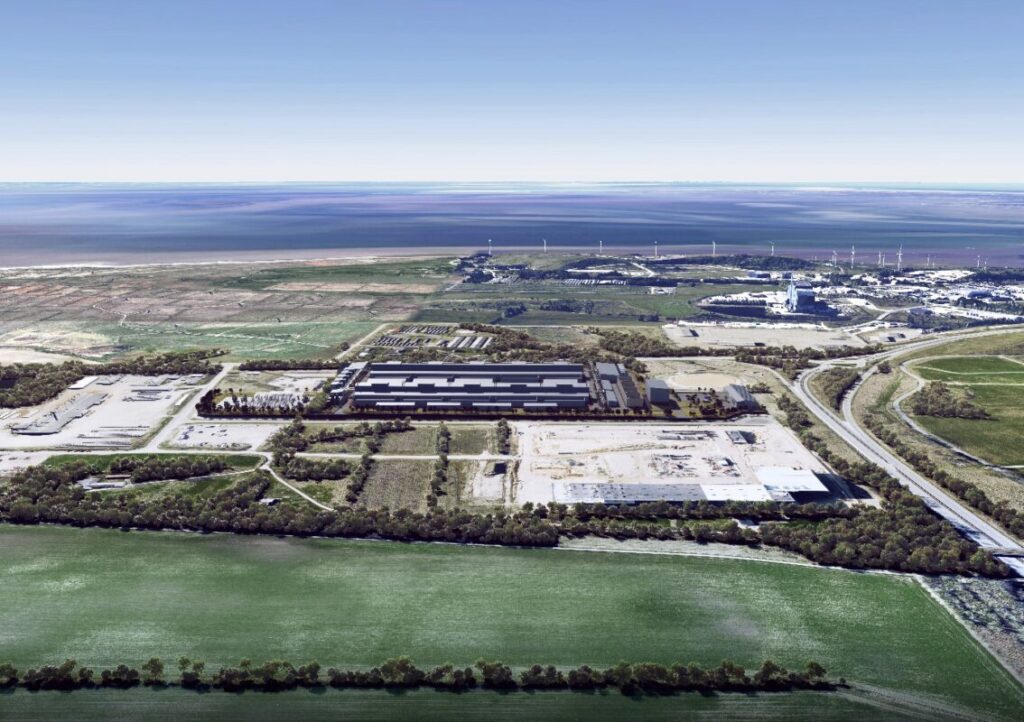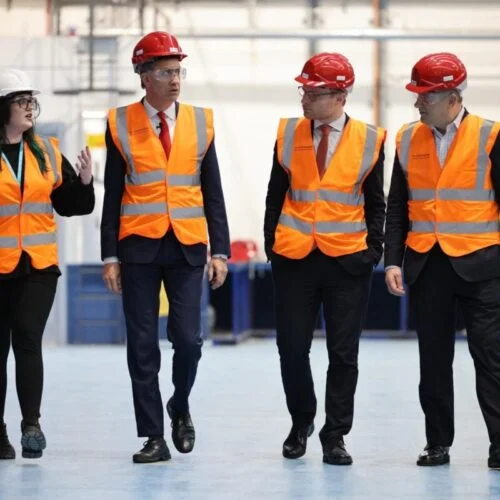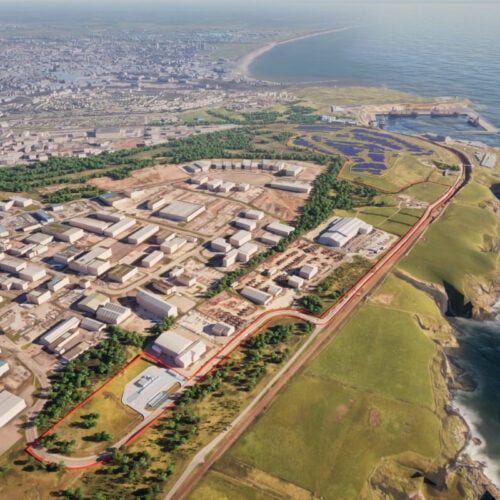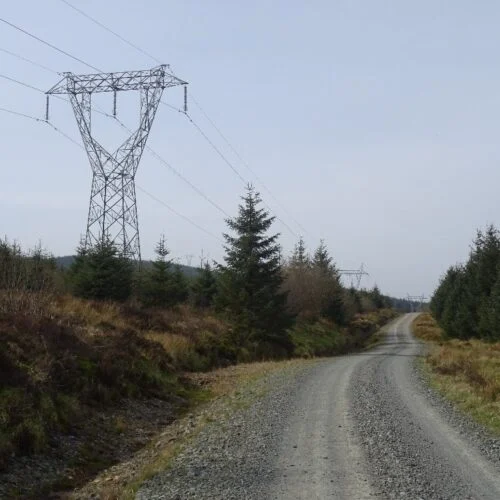On 1-2 July 2025 at Leonardo Royal Hotel, Tower Bridge in London, our publisher, Solar Media, will hold its Green Hydrogen Summit UK 2025.
The Summit will be co-located with the UK Solar Summit, and Wind Power Finance & Investment Summit as part of the Clean Power Summits, and aims to provide a comprehensive platform to explore cutting-edge solutions across solar, wind and green hydrogen sectors.
Ahead of the event, Current± speaks with Sam French, chief technology officer at MorGen Energy, about the UK’s hydrogen ecosystem and the role of the Hydrogen Allocation Round in incentivising investment.
What hydrogen projects are you developing, and what breakthroughs make these projects particularly exciting for the UK market?
We are developing two key green hydrogen projects in the UK: West Wales Hydrogen in Milford Haven (20MW) and Teesside Green Hydrogen (60MW).
What makes these projects particularly exciting is their integration with industrial end-users. We have already conducted operational trials with potential offtakers to validate the safe, secure and viable integration of green hydrogen into an operating plant, a significant step towards decarbonising hard-to-abate sectors at scale.
How are your projects addressing the specific challenges in the UK’s energy transition, and what tangible benefits could attendees gain from connecting with you at the summit?
Our projects are directly contributing to the roll-out of hydrogen across the UK, aligned with net zero targets. By focusing on scalable, integrated solutions, such as the potential pipeline connection in South Wales through HyLine Cymru, we are helping to accelerate the UK’s energy transition while demonstrating what a working, scalable hydrogen ecosystem can look like.
Attendees connecting with us at the summit will gain insights from our delivery experience with technology selection. As a company, we are technology agnostic.
We select the right technology and partners based on each project’s specific needs and characteristics. Different sites, offtake profiles, and power inputs require different solutions. For example, PEM (Proton Exchange Membrane) electrolysis was the best fit in our West Wales project.
It offers greater operational flexibility, allowing us to respond dynamically to changes in hydrogen demand and start or stop production quickly. This is particularly important for matching variable offtake requirements and taking advantage of real-time power price fluctuations.
What must the UK do to stay competitive in the global hydrogen economy?
The UK has made significant strides through its Hydrogen Production Business Model and the first two Hydrogen Allocation Rounds, placing it among the leaders in Europe. To maintain this position, the government must maintain the momentum, ensuring the timely delivery of HAR2 and HAR3.
At the same time, this must be done to deliver long-term value for taxpayers, without placing a financial burden on them. Public support must focus on commercially sound projects that are aligned with national decarbonisation goals and capable of unlocking private investment.
In this way, government funding acts as a catalyst, not a permanent subsidy, ensuring that early hydrogen investments lay the foundations for a self-sustaining, competitive market over time.
Beyond funding, the UK must develop a strong domestic supply chain, including project developers, OEMs and EPC contractors. A robust value chain will enhance resilience and competitiveness and ensure long-term growth and job creation.
How effective has the Hydrogen Allocation Round process been in supporting early projects?
The Hydrogen Allocation Round process has enabled early-stage projects like ours to move forward. Without this form of government-backed revenue support, most projects could not progress to Final Investment Decision.
While the framework has created a solid foundation, it is still in its early days, and more work needs to be done to ensure that projects can move from allocation to delivery with fewer barriers.
Offtake is a key element of any project. Supporting producers so that hydrogen can be offered at prices close to natural gas is a great start, but it does not take into account the risk associated with a change in fuel or feedstock.
With the current low carbon price in the UK, the incentive to change is minimal, so operators need support to justify the perceived risk of switching to hydrogen.
Funding schemes such as the Industrial Energy Transformation Fund (IETF) should be expanded and targeted to help increase hydrogen uptake by industry, therefore making projects viable.
Delays in contracting under mechanisms like the LCHA increase costs for project developers and slow progress. Streamlining contracting timelines and introducing Risk-Taking Intermediary (RTI) incentives can reduce market barriers and encourage grey hydrogen offtakers to transition to green hydrogen.
How can the UK improve coordination between hydrogen production, storage and transport infrastructure?
A coordinated national approach to infrastructure is essential. Hydrogen pipelines, in particular, are the most cost-effective method of transport and will be critical to enabling system-wide scale-up. Investment in long-distance pipeline networks such as the one being constructed between Denmark and Germany must be mirrored in the UK to ensure hydrogen is not constrained to local use.
Storage will also play a central role in a future decarbonised power system, supporting seasonal balancing and grid flexibility. While transport and storage infrastructure have longer lead times, they are fundamental to reducing costs over time.
The recent announcement of £500 million to support hydrogen transportation and storage is very timely and will significantly improve the overall hydrogen landscape in the UK.
What role can hydrogen play in decarbonising legacy industrial clusters (e.g. Teesside, Humberside)?
Hydrogen can transform legacy industrial clusters by decarbonising them, particularly where high-temperature heating and chemical feedstock applications are still dependent on natural gas. Our Teesside Green Hydrogen project, located within the industrial zone, is a prime example.
By producing green hydrogen on-site and creating dedicated infrastructure for storage and transport, we are enabling industrial users to transition to clean energy without disrupting their operations. We support industrial resilience, job creation and long-term regional growth in areas that have historically powered the UK’s economy.






